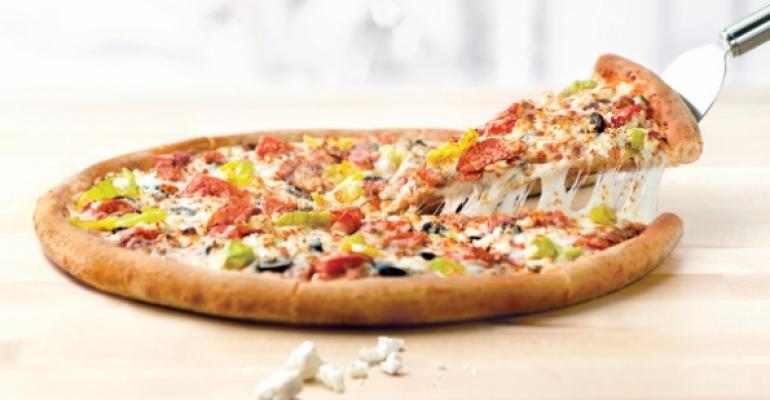 This post is part of the Food Writer’s Diary blog.
This post is part of the Food Writer’s Diary blog.
Believe it or not, there’s a pretty clear consensus among nutritionists and similar experts about what humans should eat: a balanced diet of around 2,000 calories per day (more if you’re involved in a lot of physical activity) containing just about anything edible, but with a concentration on vegetables and whole grains, and not too much saturated fat, sugar or super starchy foods.
That’s it. Some might quibble about how much exactly of what we ought to be eating, and nutrition science, like all science, continues to evolve, but a balanced diet with lots of different things in it seems to work pretty well.
It’s easier said than done, of course, because we have a lot of delicious sugary, starchy food and abundant fatty meat.
Also, there are nutritional fads that muddy the waters and, I'm sorry to say, restaurant messaging that distracts people.
Take the latest round of announcements from restaurants about what they’re taking out of their food.
Papa John's was the most recent chain to make such an announcement. The pizza chain said it was getting rid of “artificial” ingredients such as hydrolized soy protein, corn syrup and vanillin. Here's a link to the whole list, in case you’re curious.
I put the word “artificial” in quotation marks because I’m not sure what makes a hydrolized protein less natural than, say, soy sauce, or corn syrup more artificial than cane sugar, but that’s an entirely different discussion and I don't want to get distracted. As I said, distraction’s the problem.
Papa John’s announcement came on the heels of Panera Bread releasing its “no-no” list of things it would take out of its food if it hasn't already taken them out. It includes things like Astaxanthin — a pigment and antioxidant that occurs naturally in krill and seaweed and other things and gives pink-fleshed fish like salmon their pink color — the antioxidant preservatives BHA and BHT, added caffeine (rather than the naturally occurring stuff that is in things like coffee), lard, and, well, click here to see for yourself.
All of those items no doubt were added to our food for one reason or another. Many of them are inexpensive flavor enhancers, preservatives or coloring agents. Some of them have come under scrutiny as our understanding of human physiology has progressed.
Pizza Hut, Taco Bell, Subway and Noodles & Company also recently committed to removing artificial flavors and colors and other things from their food. It’s all part of a move to be more transparent to consumers, who so many trend watchers say want to know more about what's in their food.
That’s fine. If people are clamoring for restaurants to get rid of theobromine (the stimulant found in chocolate, one of the items on Panera's list and something I doubt consumers are very worried about), I suppose restaurants should get rid of it. But each of those ingredients is a tree — a pretty small one — in the forest that is our food system, and by focusing on them, we’re missing the big picture.
Pizza is delicious. I love eating it. But it still contains a whole lot of starch and saturated fat and, from a nutritional perspective, is not an ideal everyday meal for people who don’t regularly exercise quite vigorously. Ditto for tacos, noodles, soup served in bread bowls, subs, burritos (because of course Chipotle’s all about serving “Food with Integrity,” but that food can contain upwards of 1,200 calories and a whole lot of starch).
Can people eat low-calorie, healthful items at those restaurants? You bet they can. They also can choose to totally indulge on food that they know is bad for them, not do it too often, and have no ill effects. But I worry that declarations of the removal of items that actually don’t appear to affect the nutritional quality of the food (although some might) could confuse diners into thinking that something delicious and fun to eat is also good for them.
Should restaurateurs care? Should they worry about the decisions their customers are making if those customers are satisfied? Let’s save that conversation for another day.
Contact Bret Thorn at [email protected].
Follow him on Twitter: @foodwriterdiary

